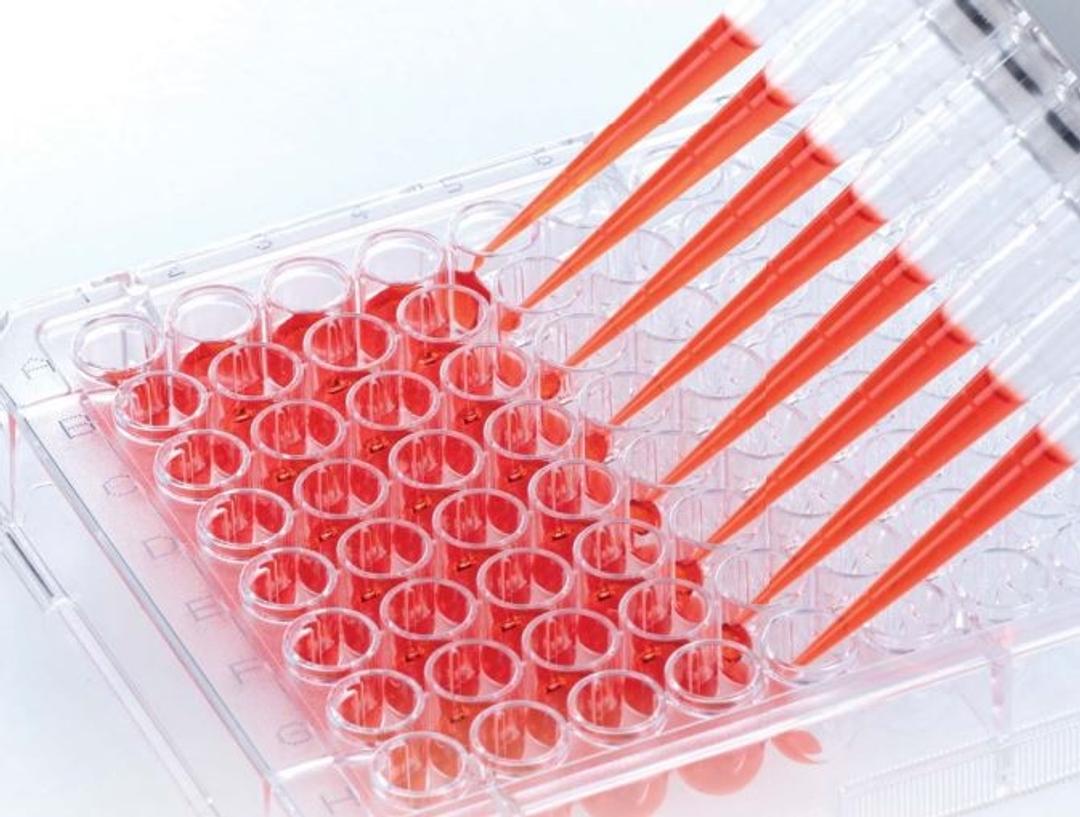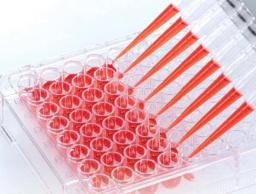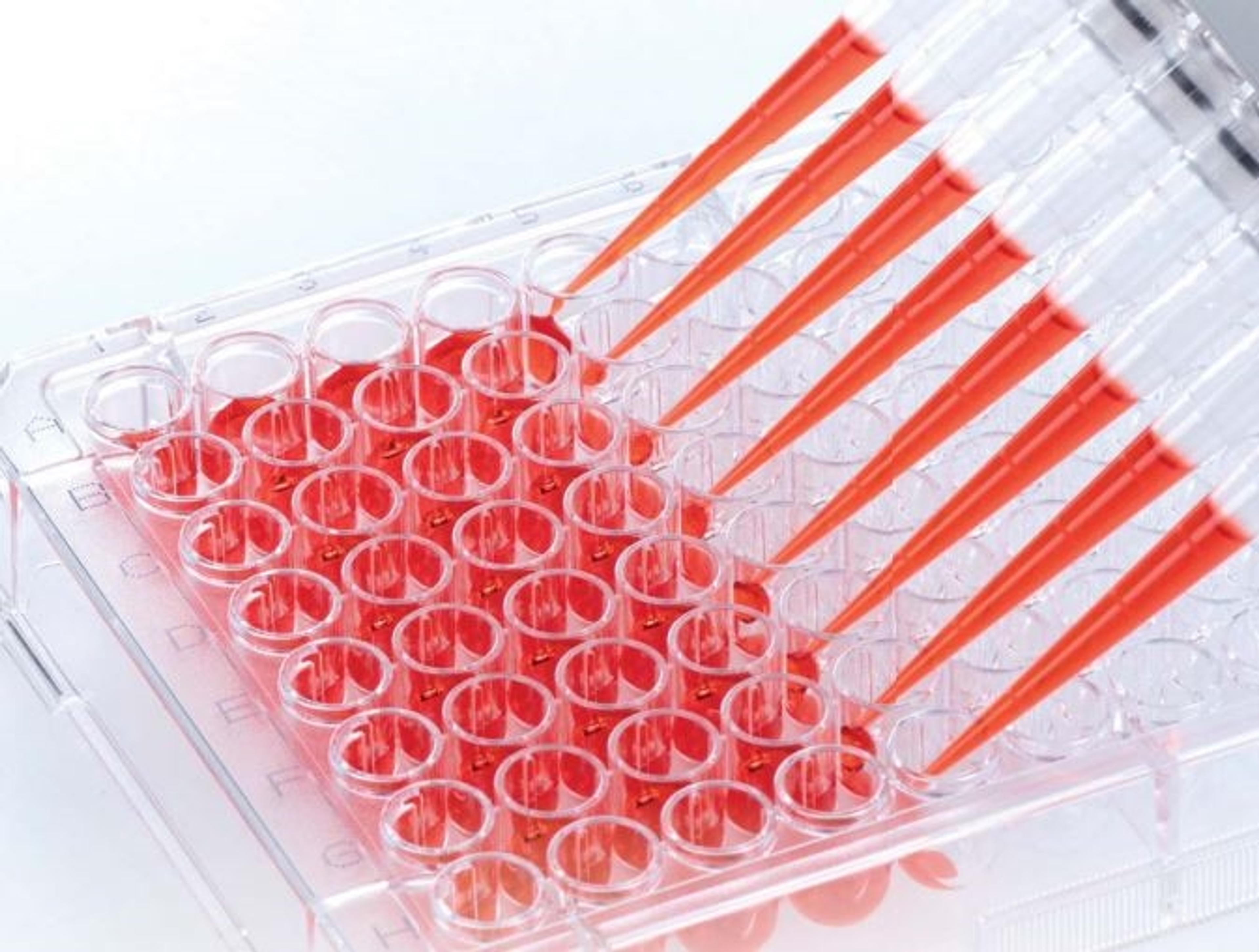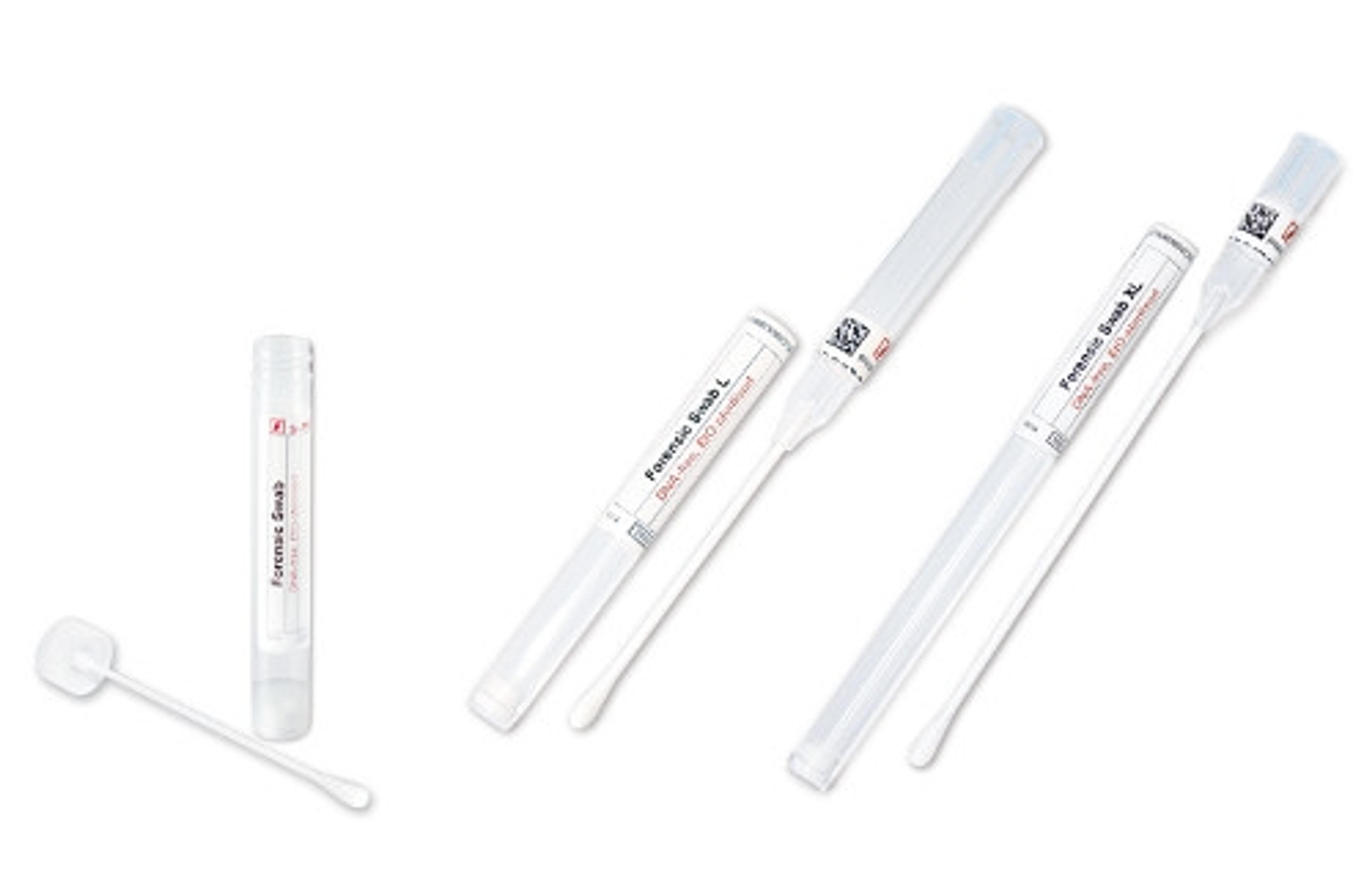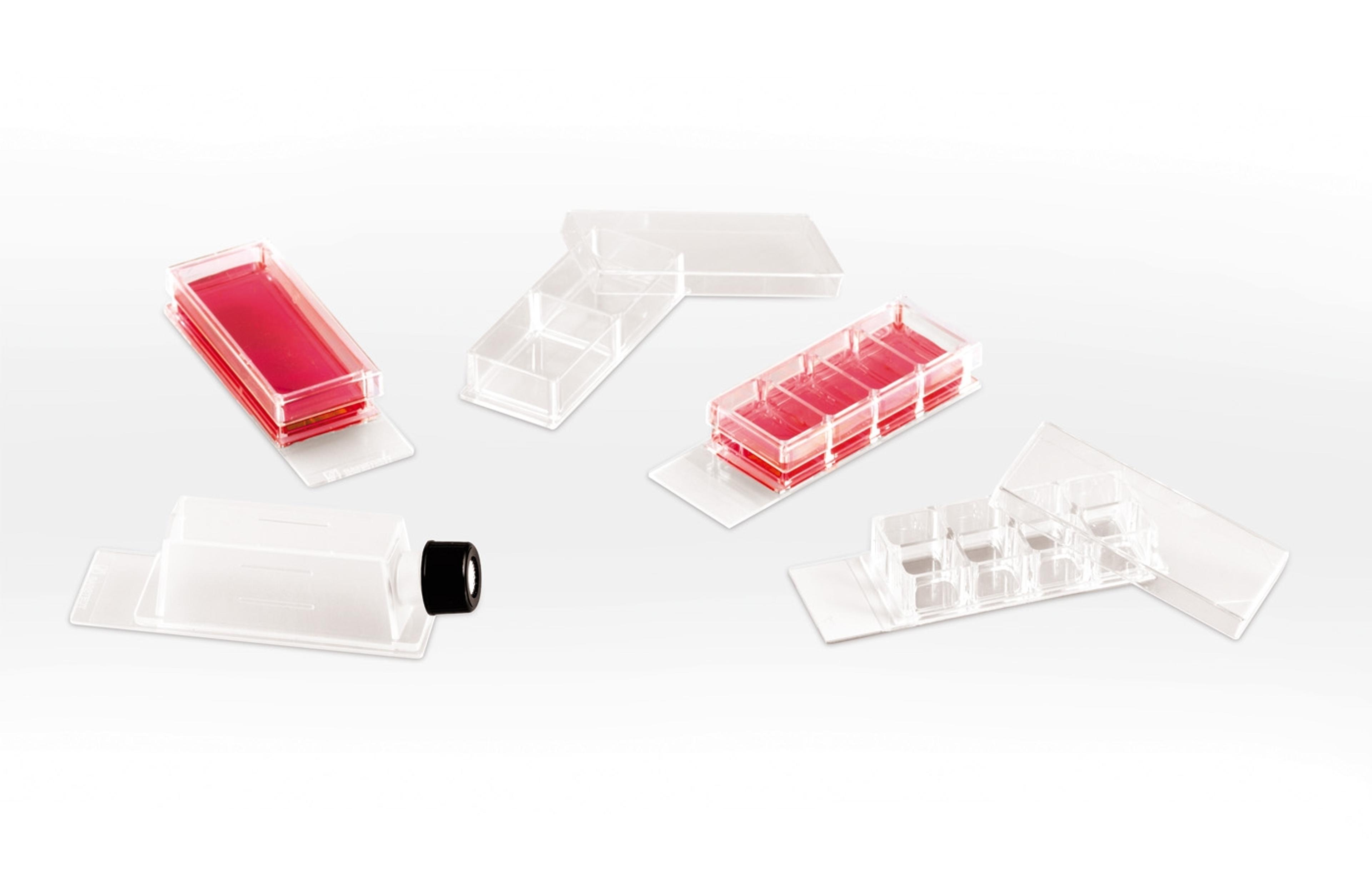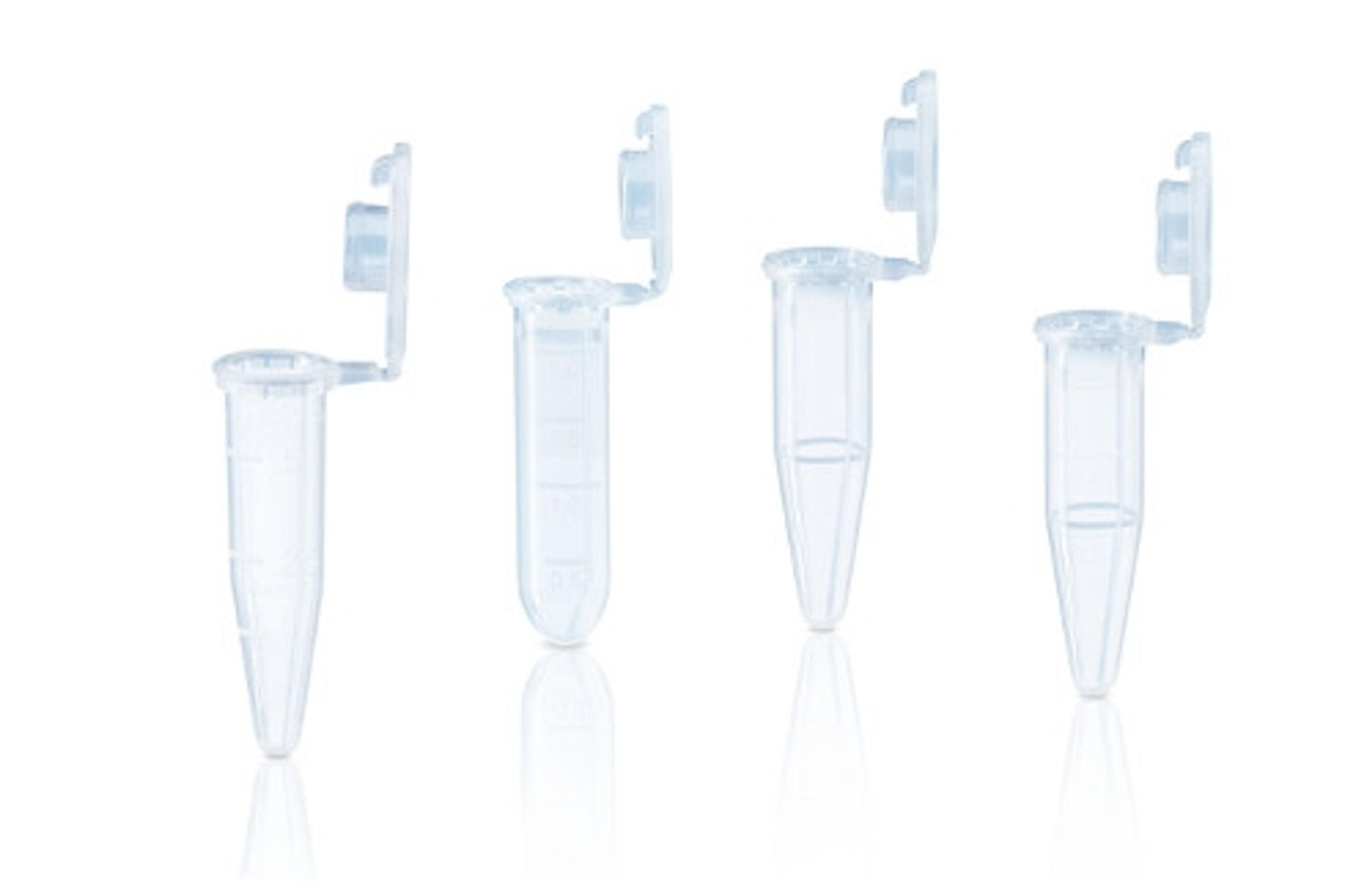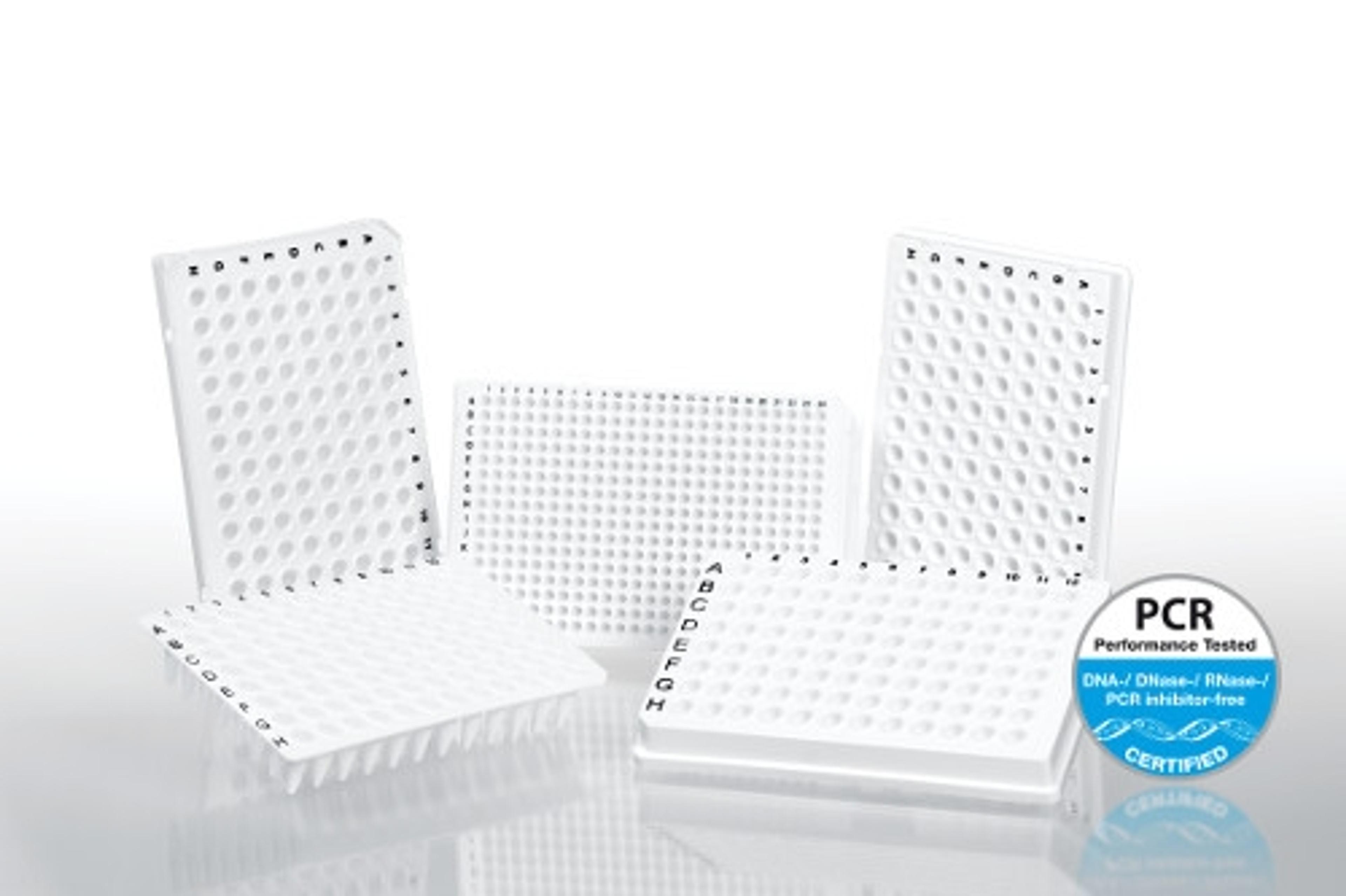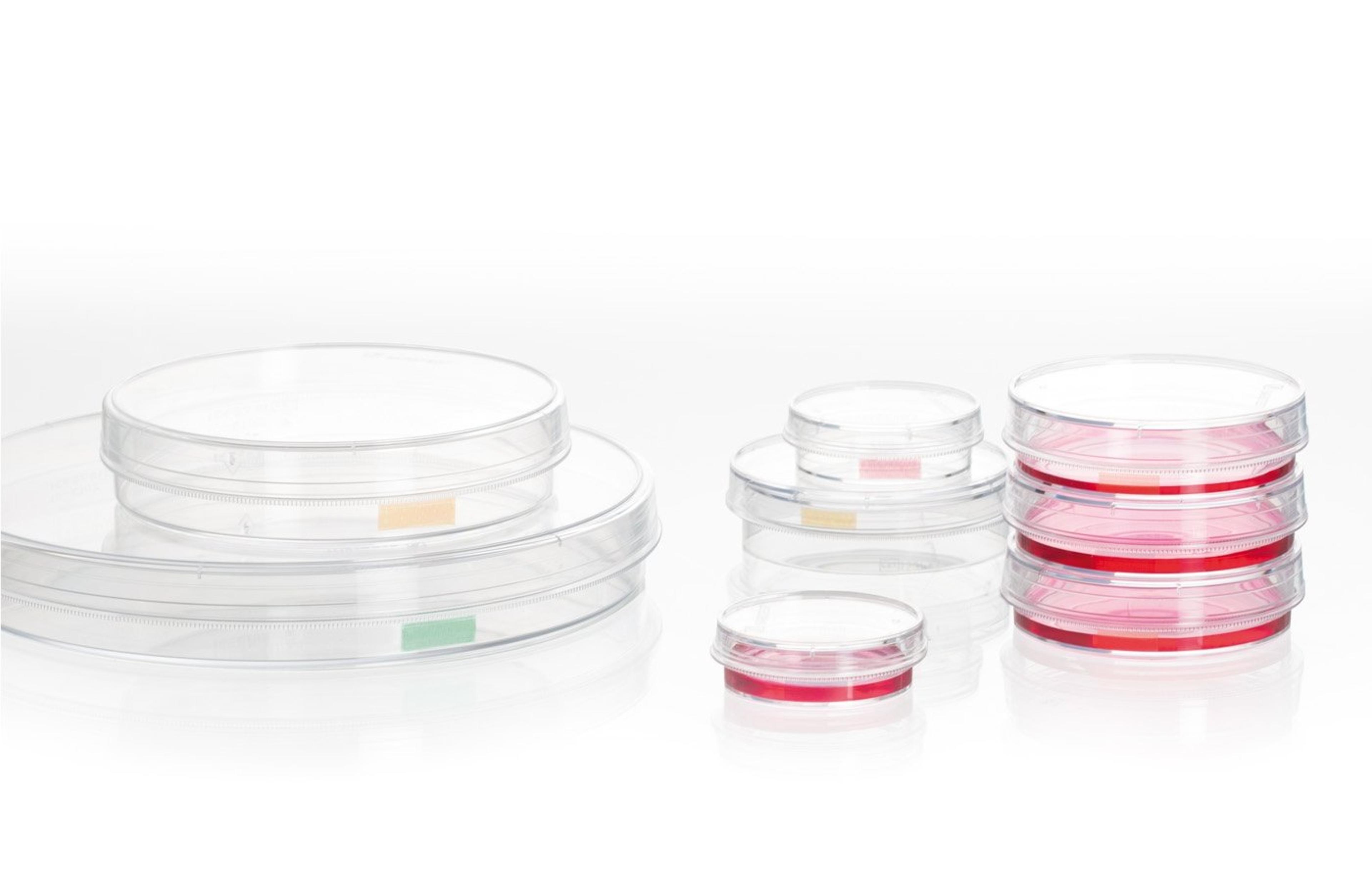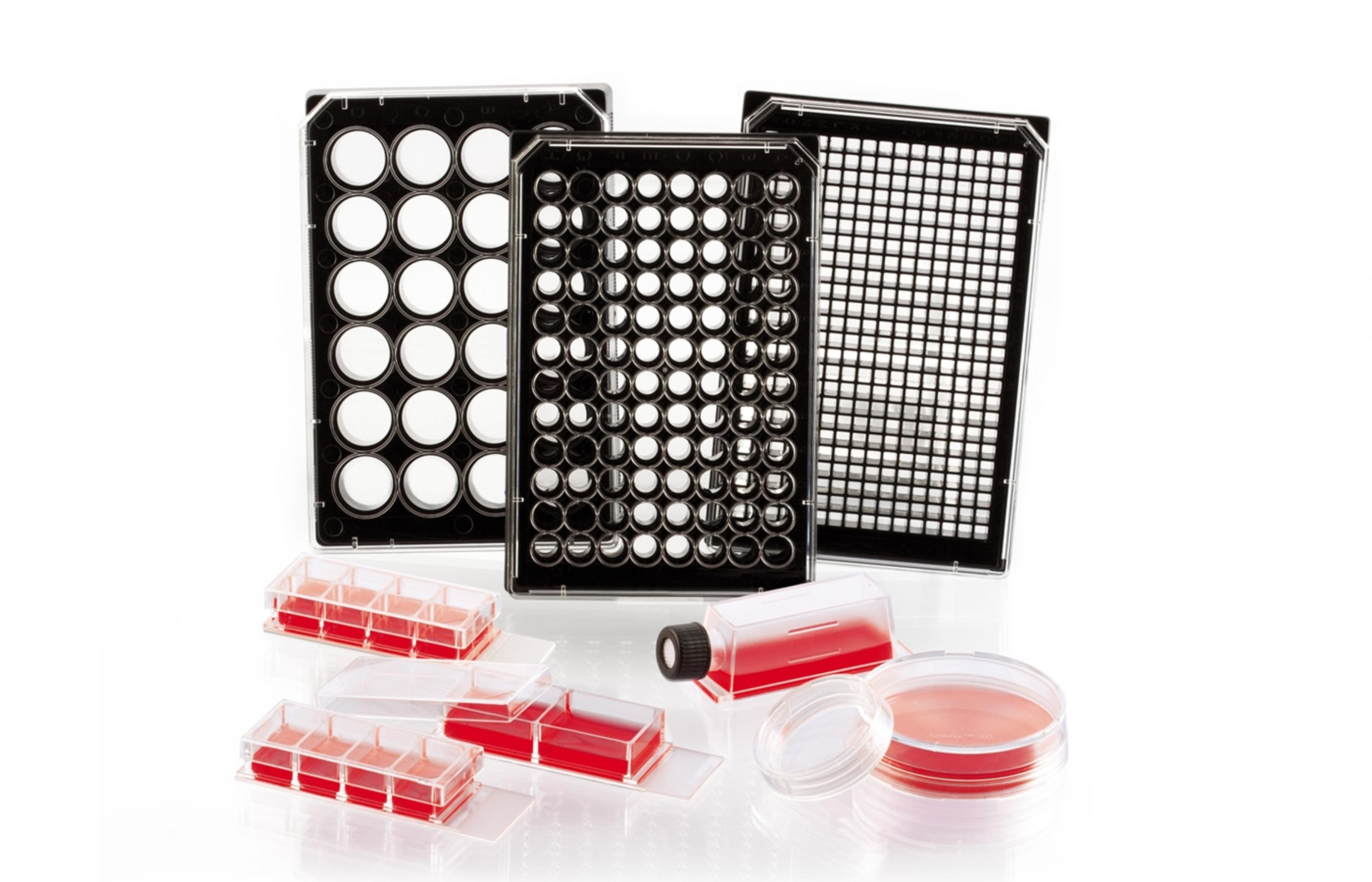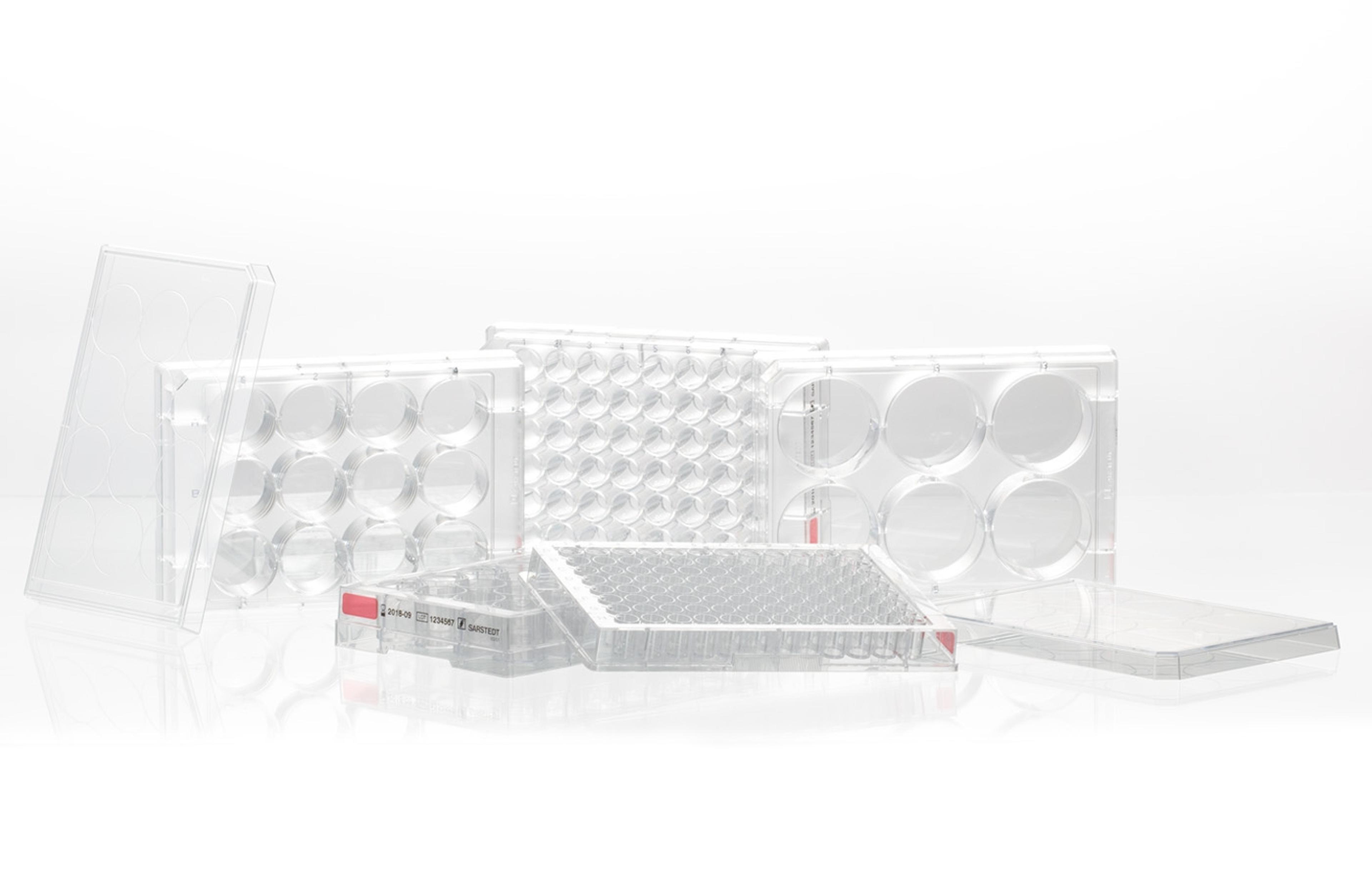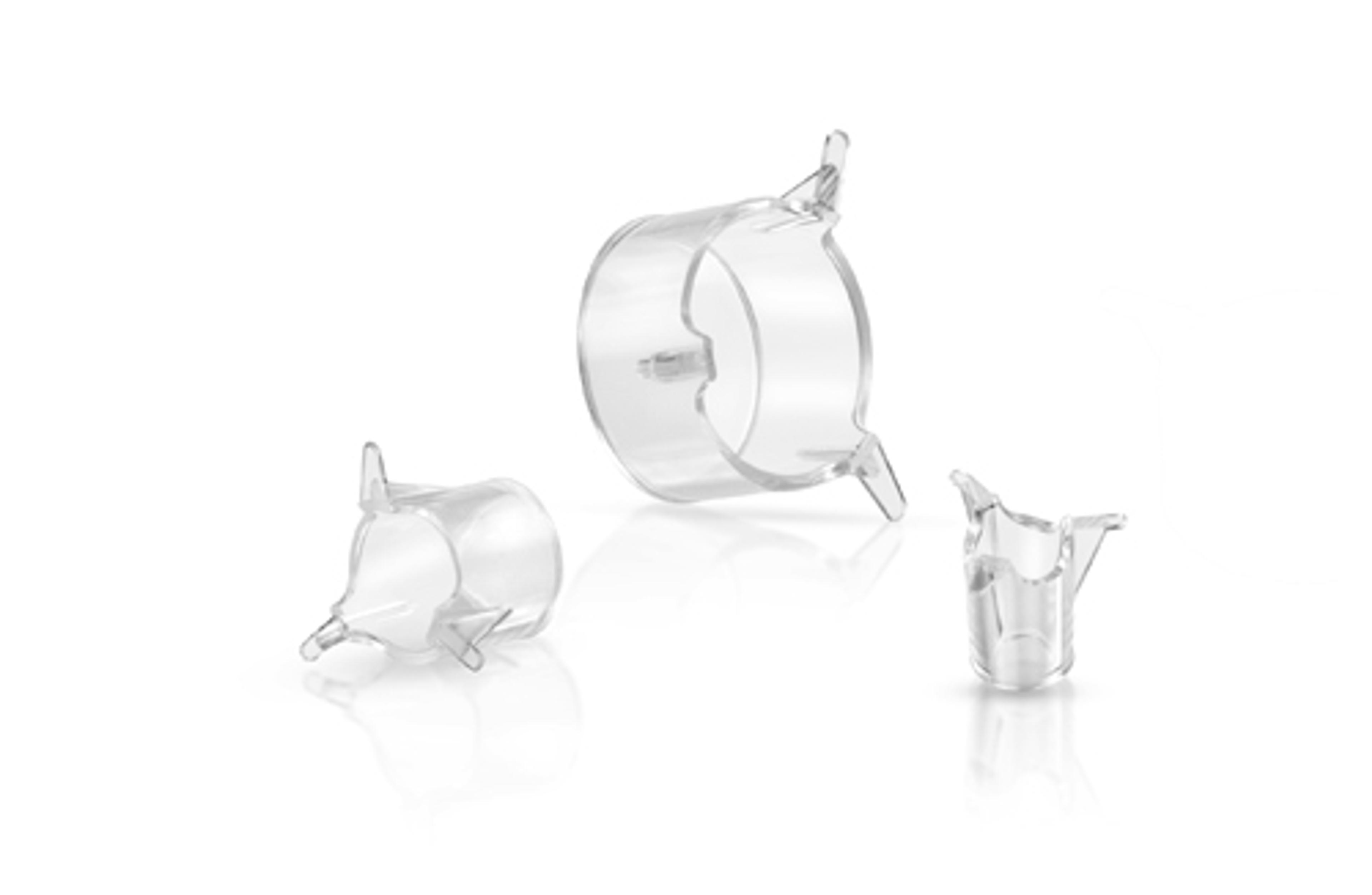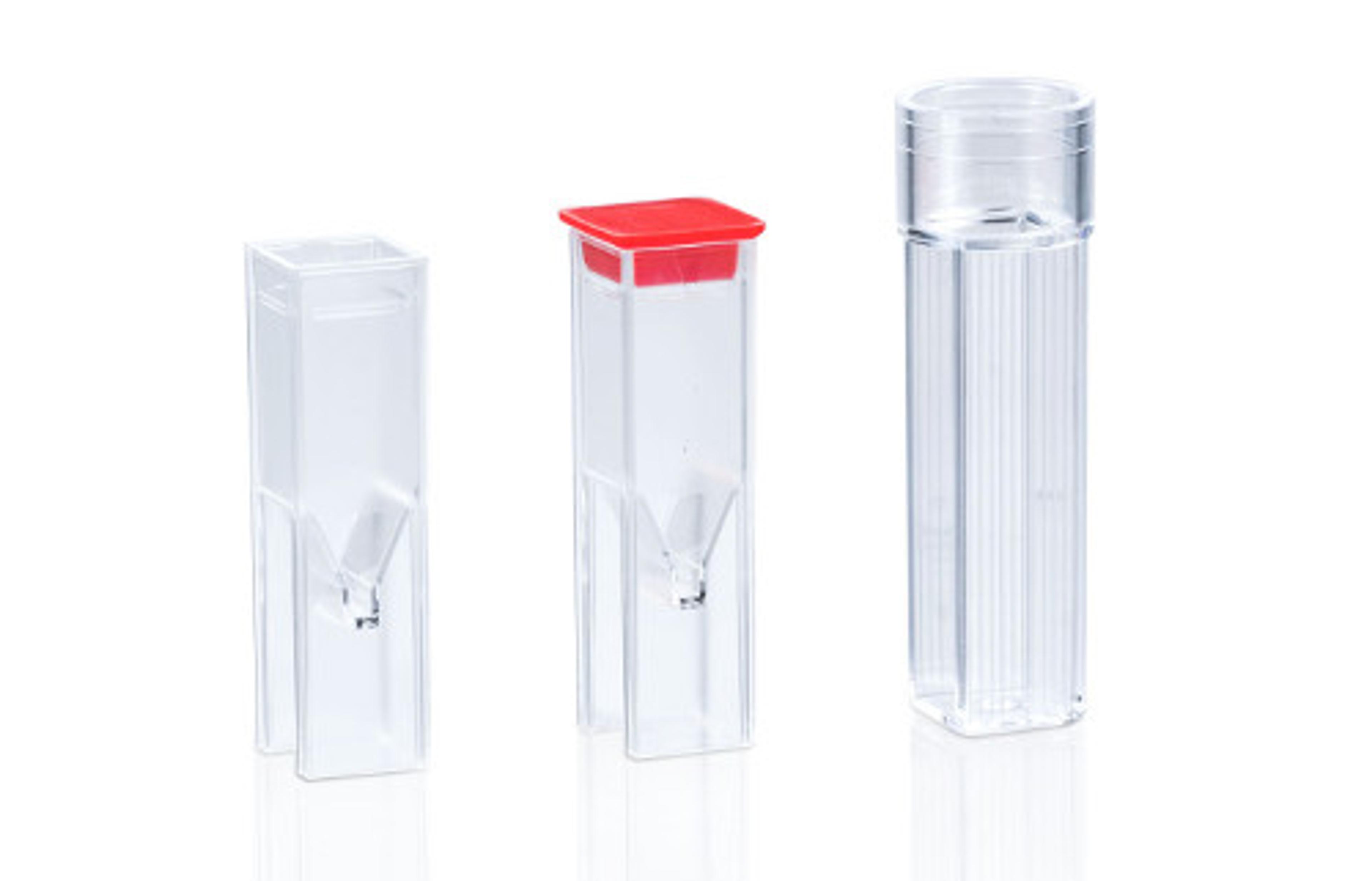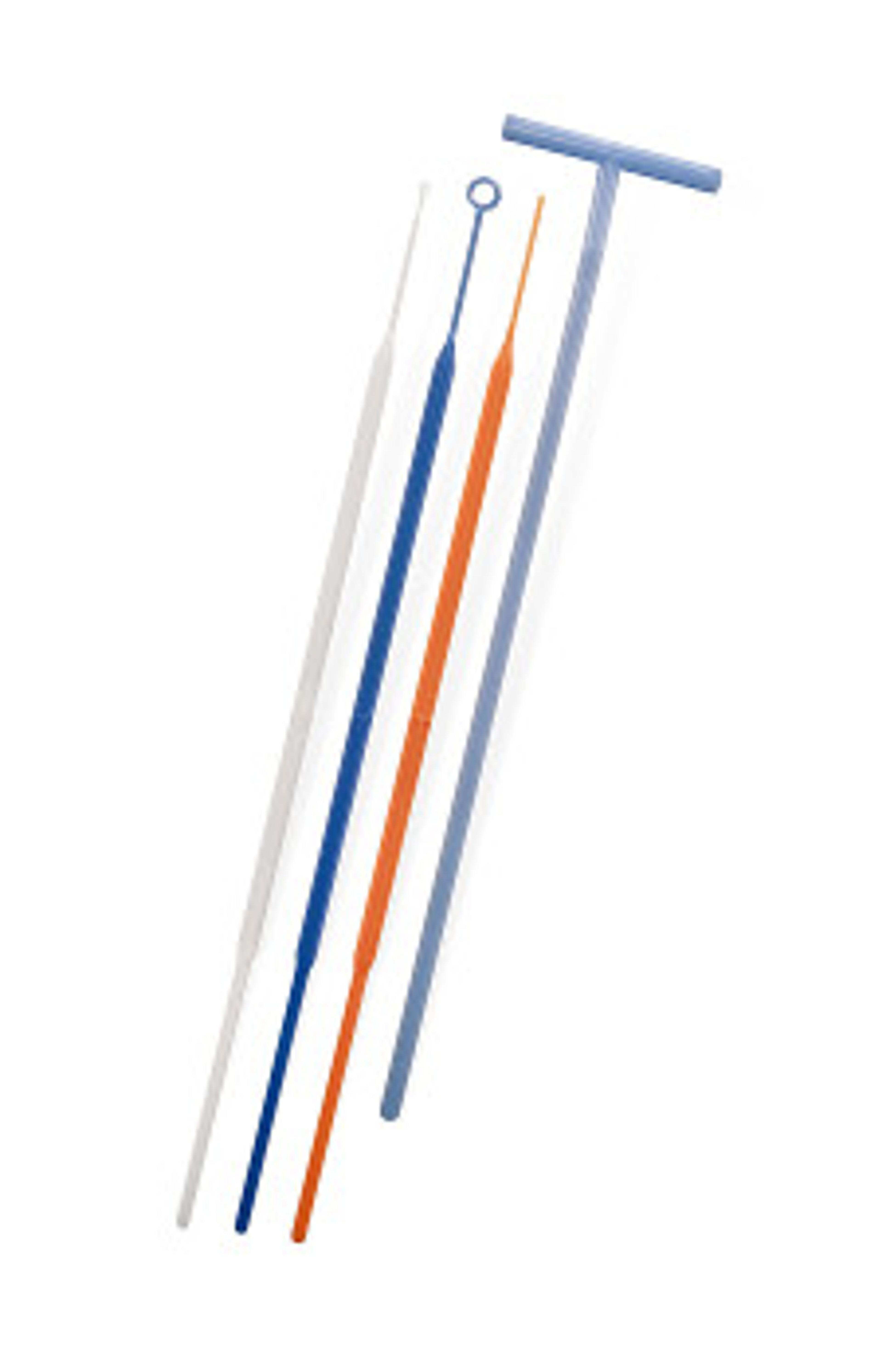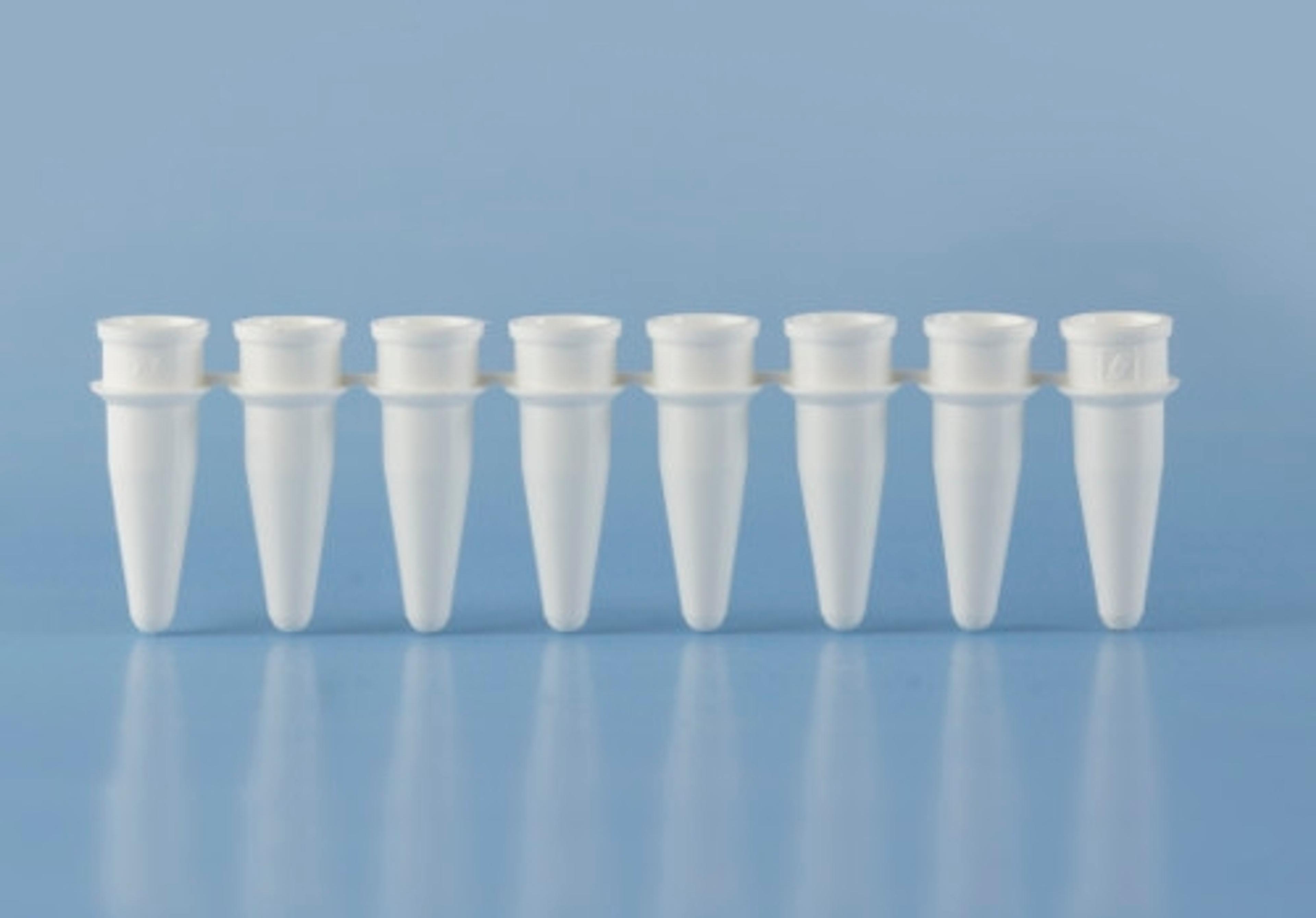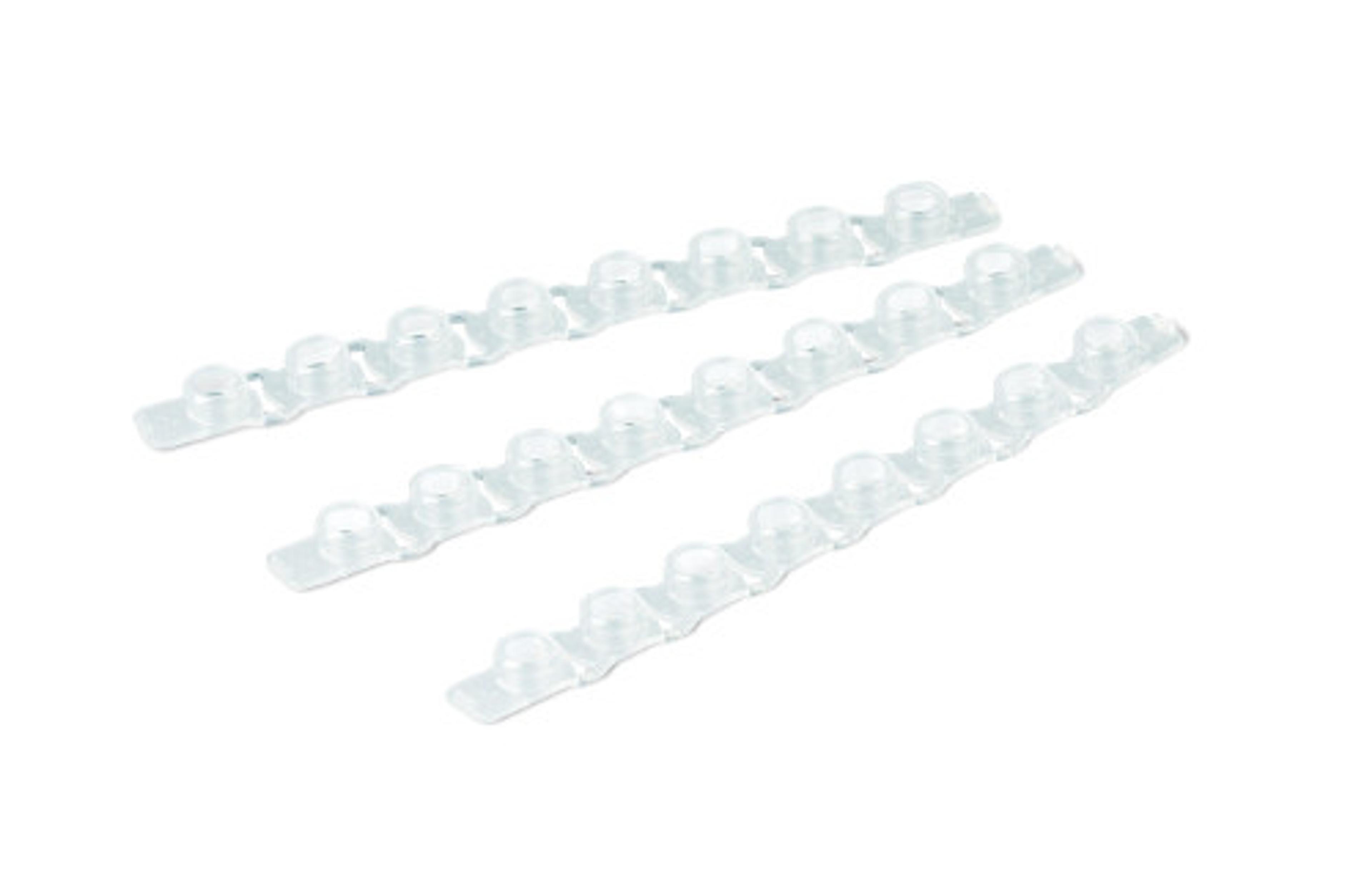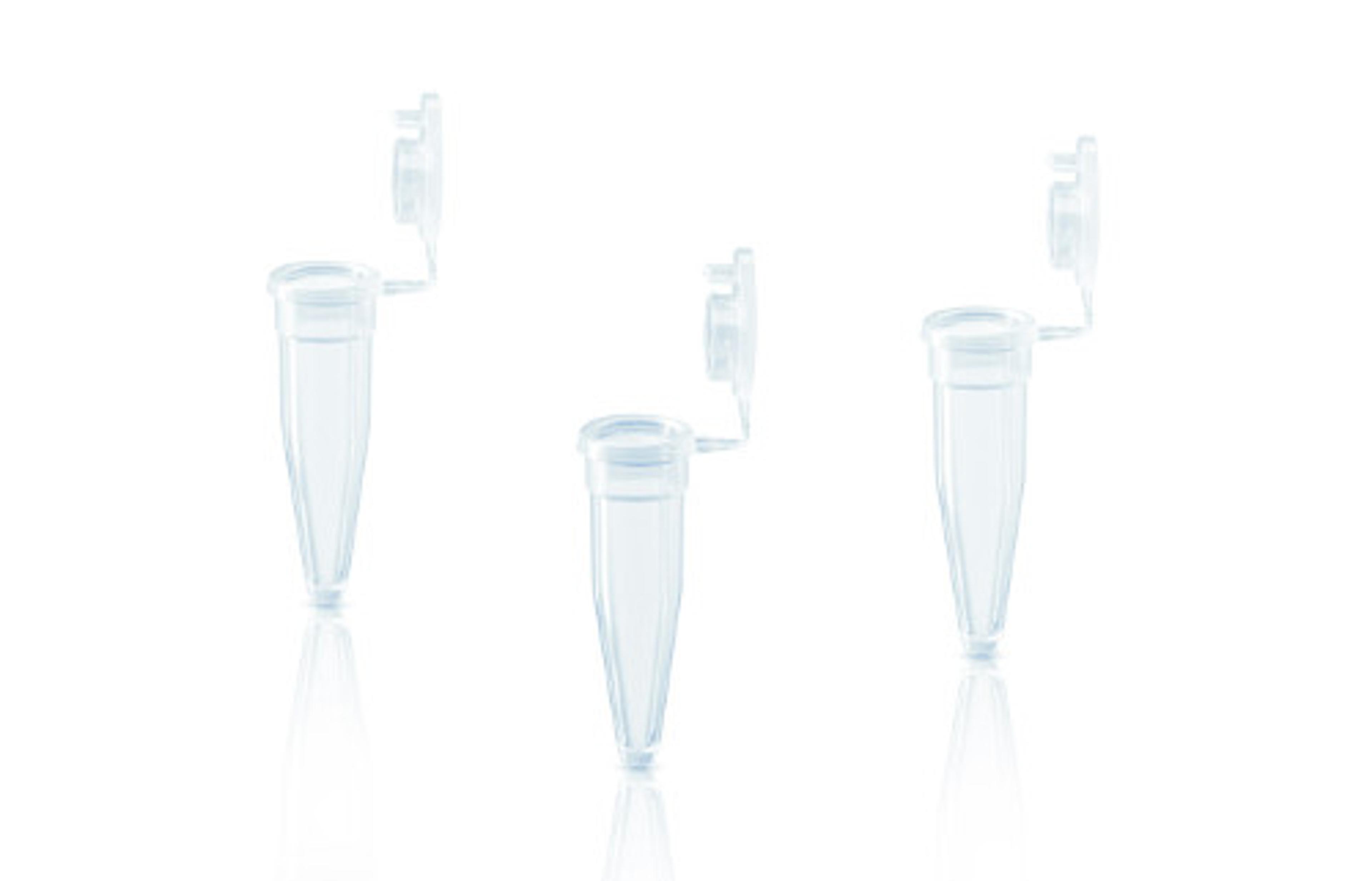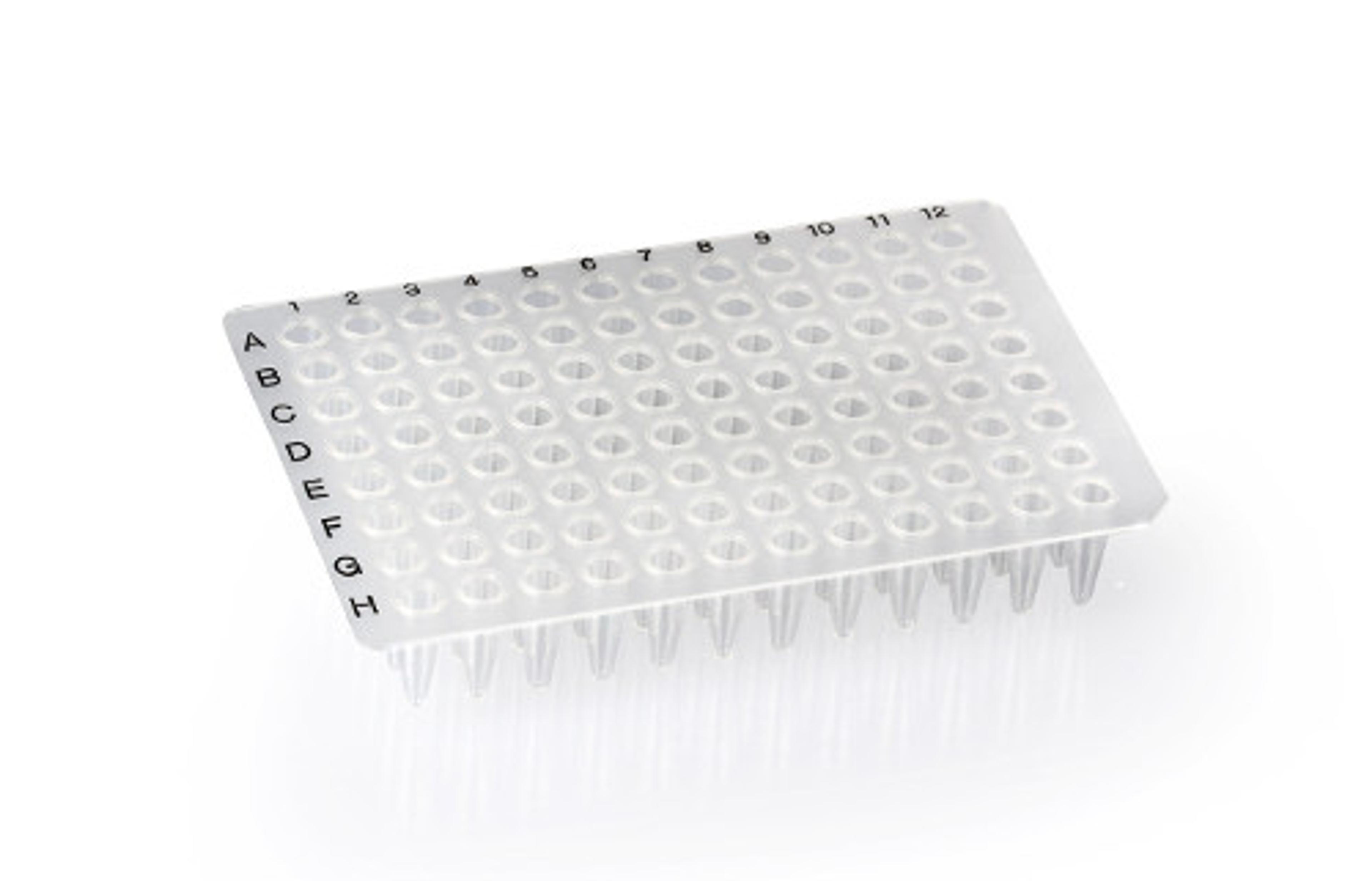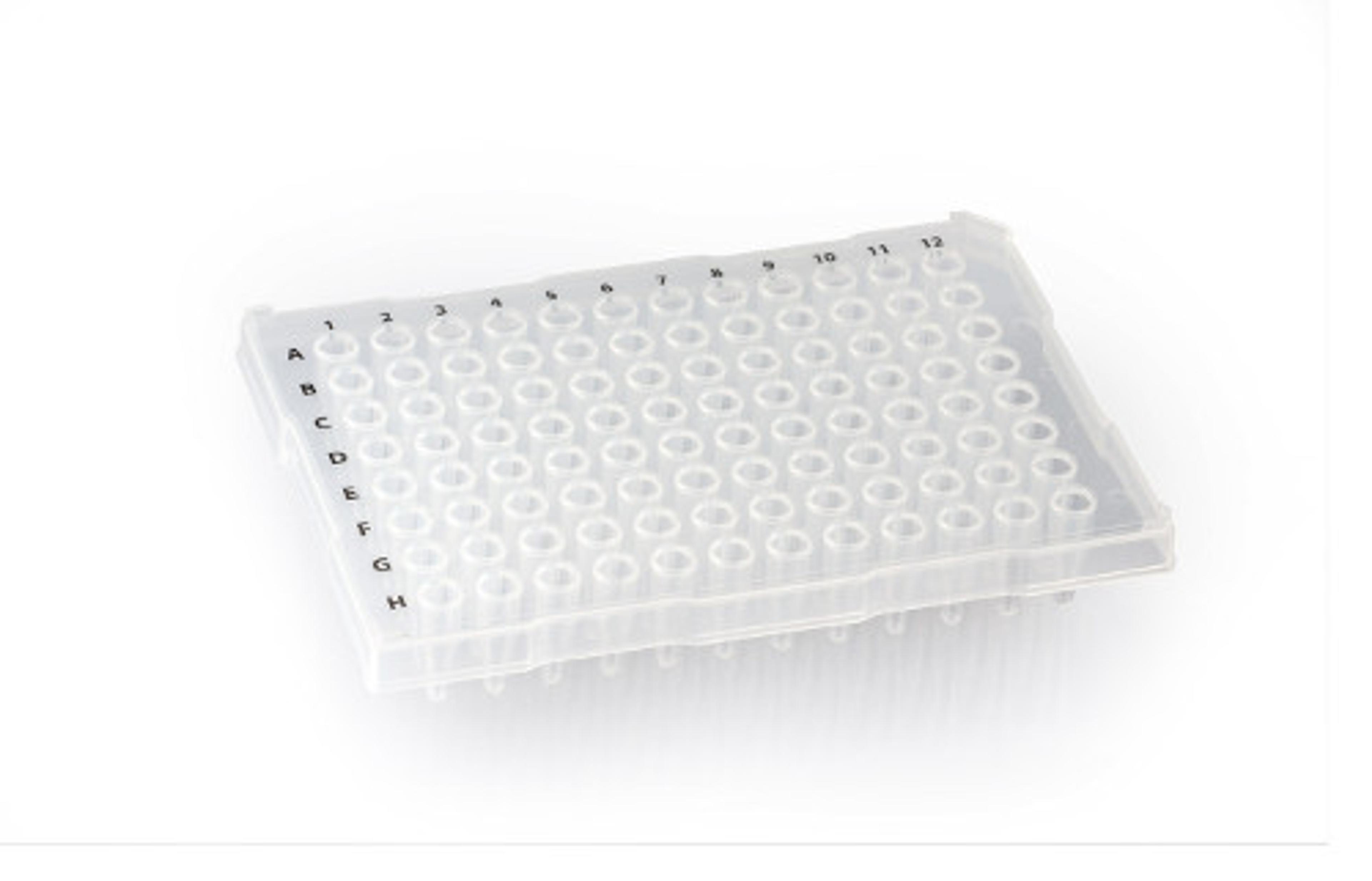BIOFLOAT™ Spheroid Culture
The new BIOFLOAT™ cell culture surface for spheroid culture features a high-grade anti-adhesive property. This makes it possible for the cultivated cells to form primarily cell-cell contacts without adhering to the surface of the vessel. BIOFLOAT™ thus makes it possible for you to produce perfect spheroids quickly and reproducibly.
Easy handling and scratch free
Generation of breast cancer cells spheroids
I was using this plate to generate spheroids with breast cancer cell lines. MCF-10A (endothelial cell line), MCF7, HCC70 and BT474 were seeded with each 500, 1000 and 1500 cells/well to achieve a spheroid size between 100-200µm. This plate has saved me the centrifugation step and luckily forgives (accidental) scratching of the well :-)
Review Date: 24 Oct 2023 | SARSTEDT AG
Great plates for spheroid cultures
Cell culture
I used the plates for spheroid cultivation of primary and iPSC derived cells. It shortened my workflow significantly as I don´t have to precoat my plates anymore. The spheroids shape was highly reproducible and the culture was very active in later measurements. I can recommend the plates to everyone working with neuronal spheroids.
Review Date: 1 Dec 2022 | SARSTEDT AG
We recommend those plates.
Organoid culture
We were using the similar plate Corning #7007, but during the pandemics they suddenly couldn't be delivered. The Biofloat plates saved our organoid cultures and we aim to use them from now on.
Review Date: 25 Nov 2022 | SARSTEDT AG
Highly recommended!
spheroid culture
We use the BIOFLOAT™ plates for spheroid culture of MCF10A cells. Very easy and simple to use. You achieve very reproducible results.
Review Date: 25 Nov 2022 | SARSTEDT AG
Good results but too expensive
3-D-culture
Easy to use, results reproduceble, spheroide-form not perfect
Review Date: 24 Nov 2022 | SARSTEDT AG
BIOFLOAT™ is used in a variety of fields of biomedical research such as cancer and stem cell research, in the preclinical phase of drug research and in toxicological studies. The efficiency and reliability of preclinical cell models are improved for these applications.

